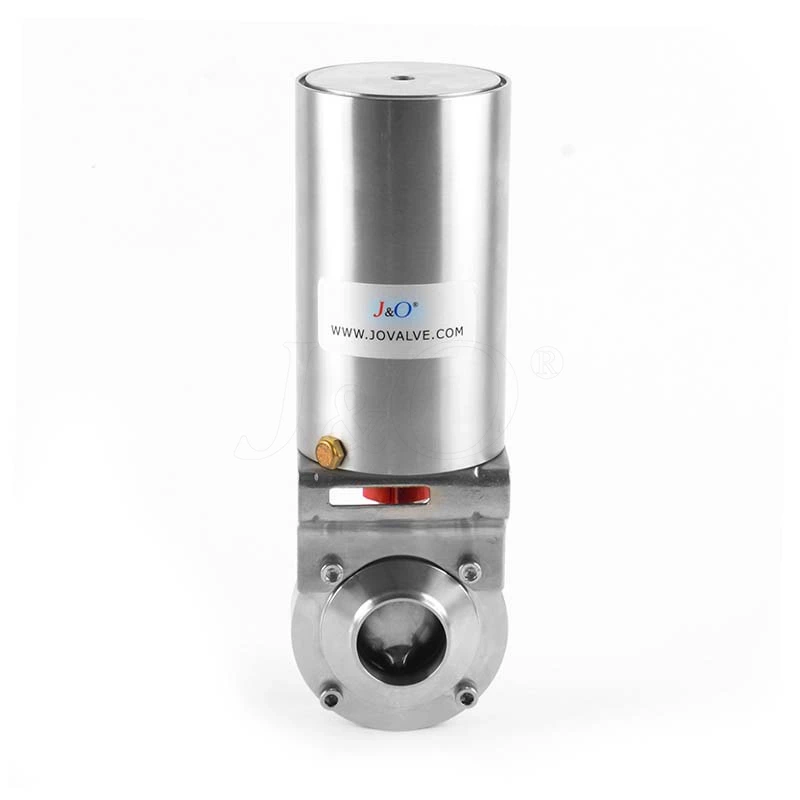What Are The Materials Of Sanitary Valves
The material selection of sanitary valves is mainly to ensure that the valve will not contaminate the medium flowing through it during use, and can withstand frequent cleaning and disinfection processes. So do you know what materials are commonly used for sanitary valves?
The commonly used Sanitary Valve materials are as follows:
304 stainless steel: This is a common stainless steel material with good corrosion resistance and processing performance, suitable for most general sanitary applications.
316L stainless steel: Compared with 304 stainless steel, 316L contains more nickel and molybdenum, so it has good corrosion resistance, especially stronger corrosion resistance to chloride environments, and is often used in more demanding sanitary environments and marine environments.
Other metal materials:
Nickel alloys: Such as Hastelloy, which exhibit excellent corrosion resistance in some chemical environments.
Titanium: Titanium materials have high corrosion resistance and are suitable for some special sanitary applications.
Non-metallic materials:
Polytetrafluoroethylene (PTFE): As a sealing material, PTFE has excellent chemical stability and high temperature resistance, and is often used in valve seals.
Ethylene propylene rubber (EPDM): EPDM is a commonly used sealing material with good heat resistance, oxidation resistance and ozone resistance.
Silicone rubber: Silicone rubber is also a commonly used sealing material that can maintain good elasticity and sealing performance over a wide temperature range.
The material selection of sanitary valves is mainly to ensure that the valve will not contaminate the medium flowing through it during use and can withstand frequent cleaning and disinfection processes. So do you know what materials are commonly used for sanitary valves?
The materials of commonly used sanitary valves are as follows:
304 stainless steel: This is a common stainless steel material with good corrosion resistance and processing performance, suitable for most general sanitary applications.
316L stainless steel: Compared with 304 stainless steel, 316L contains more nickel and molybdenum, so it has good corrosion resistance, especially stronger corrosion resistance to chloride environments, and is often used in more demanding sanitary environments and marine environments.
Other metal materials:
Nickel alloys: such as Hastelloy, which exhibit excellent corrosion resistance in some chemical environments.
Titanium: Titanium materials have high corrosion resistance and are suitable for some special sanitary applications.
Non-metallic materials:
Polytetrafluoroethylene (PTFE): As a sealing material, PTFE has excellent chemical stability and high temperature resistance and is often used in valve seals.
Ethylene propylene rubber (EPDM): EPDM is a commonly used sealing material with good heat resistance, oxidation resistance and ozone resistance.
Silicone rubber: Silicone rubber is also a commonly used sealing material that can maintain good elasticity and sealing performance over a wide temperature range.
